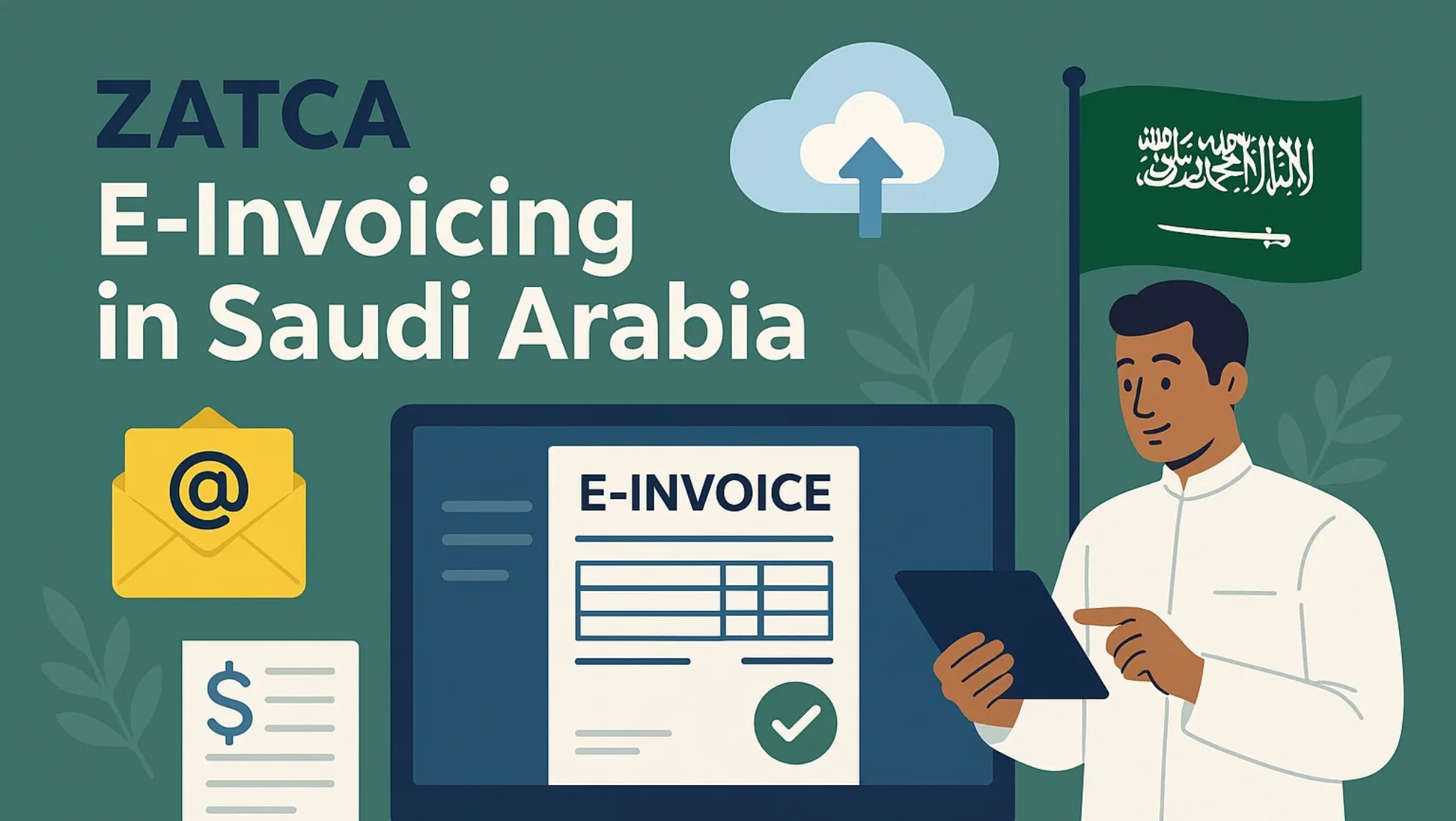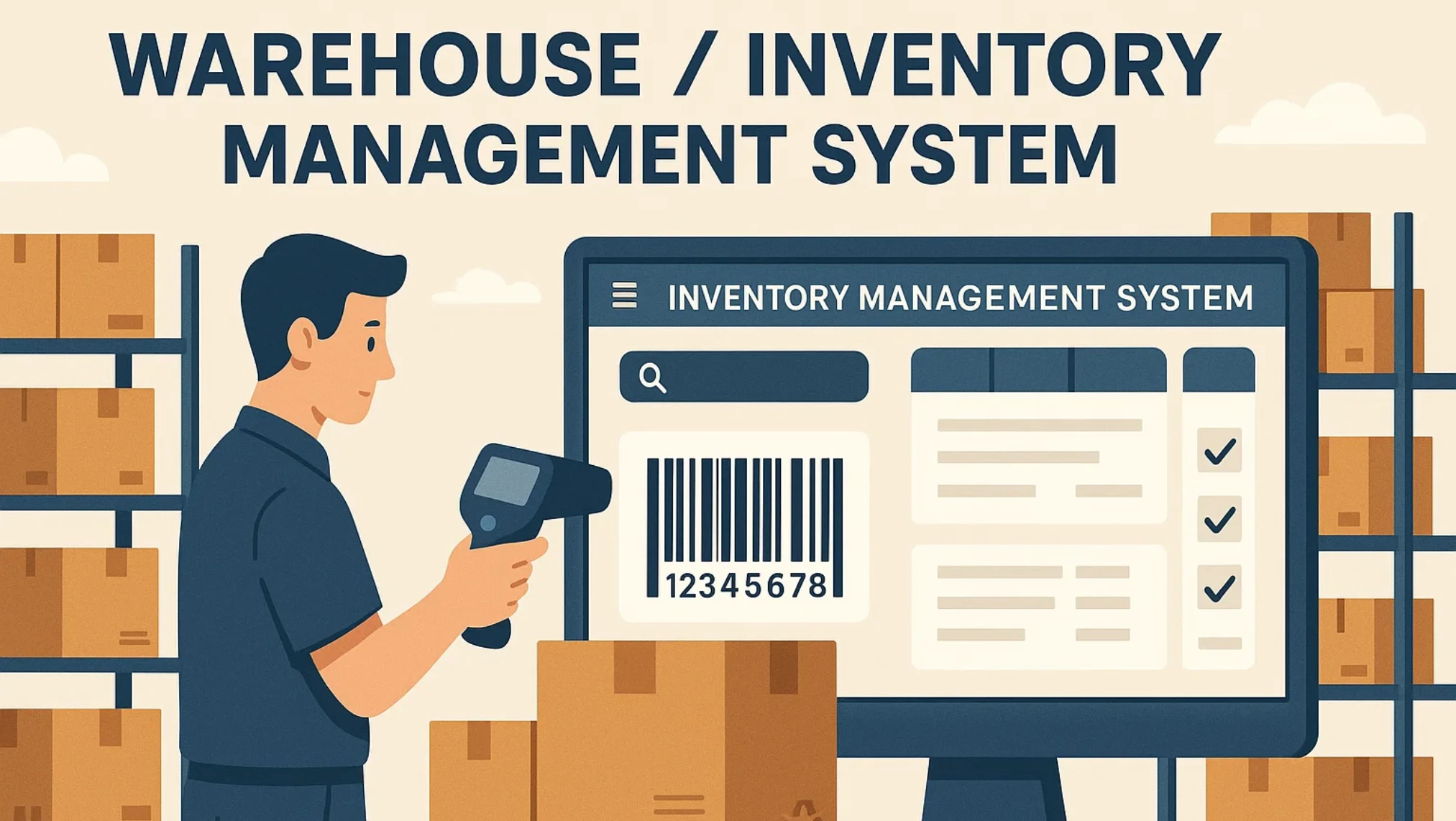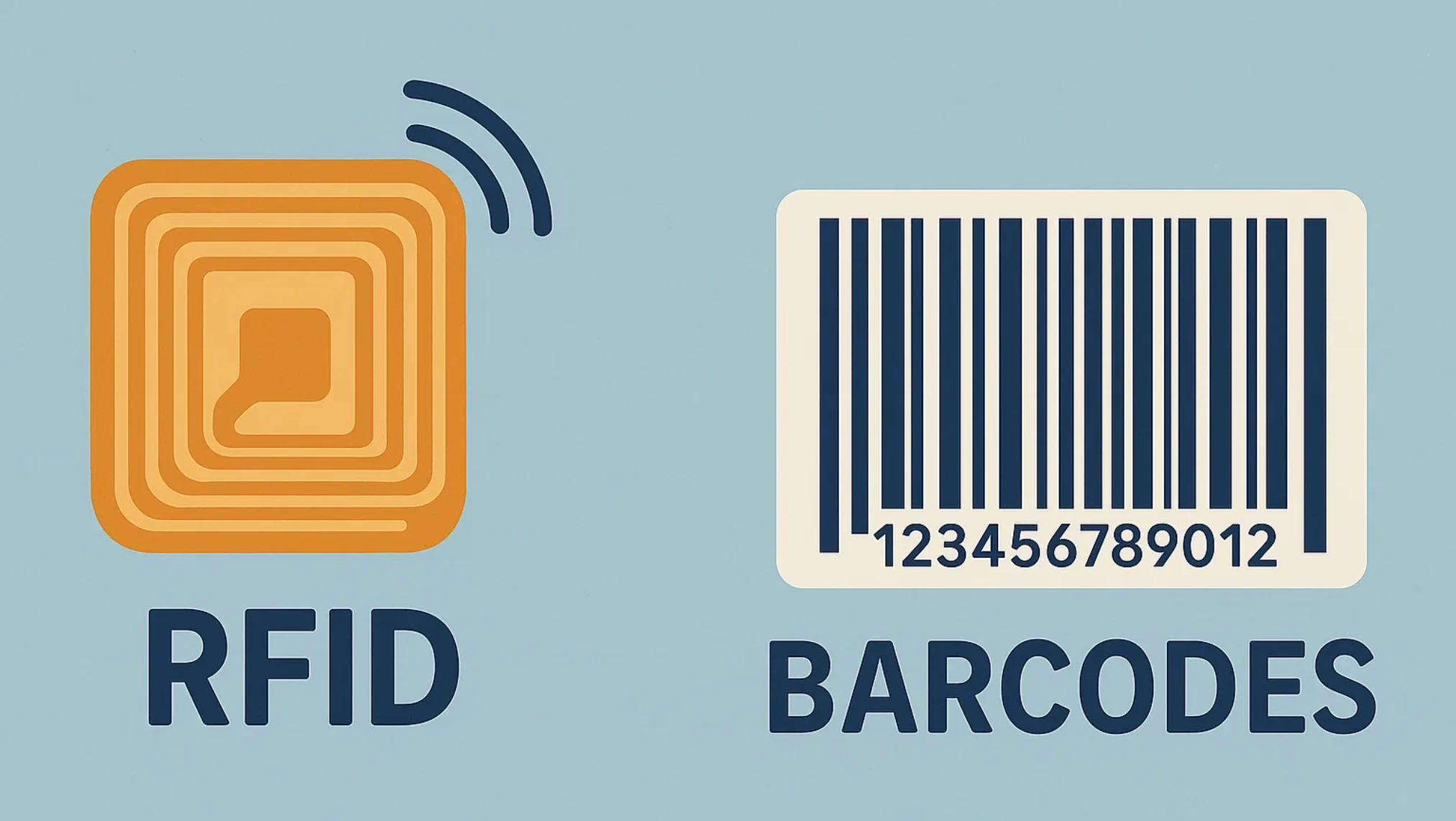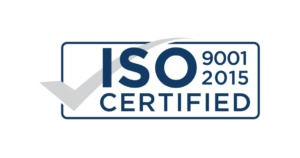Saudi Arabia is changing how businesses handle invoices through a new government system called FATOORAH. Under this system, businesses must now create, send, and store invoices electronically. This shift aims to increase transparency, reduce errors, and improve overall tax management. For VAT-registered businesses, complying with these new e-invoicing rules isn’t just important, it’s essential to continue operating without disruptions.
What is ZATCA?
ZATCA is the acronym for the Zakat, Tax and Customs Authority, the governmental institution entrusted with collecting zakat, taxes, and customs in Saudi Arabia. In recent years, ZATCA has led several initiatives focused on enhancing tax compliance, facilitating business processes, and establishing a strong digital framework as part of Saudi Vision 2030. One such flagship program is e-invoicing, or FATOORAH, which has brought a revolution in transparency, automation, and accountability.
What is Saudi Arabia’s E-Invoicing (FATOORAH)?
E-invoicing is the process of issuing, exchanging, and saving invoices in an electronic format. Rather than paper-based invoices, ZATCA requires all VAT-registered businesses to issue invoices in a standardized digital form – either XML or PDF/A-3 with XML embedded. FATOORAH, as it’s referred to locally, is both business-to-business (B2B) and business-to-consumer (B2C) and is intended to be tamper-proof, auditable, and completely automated.
By making e-invoicing mandatory, ZATCA intends to lower tax evasion, prevent human errors, and enhance the efficiency of tax return submissions while supporting real-time monitoring of taxable transactions.
Why Saudi Arabia Introduced E-Invoicing?
The move toward e-invoicing is driven by both economic modernization and regulatory stringency. ZATCA’s e-invoicing regime provides considerable advantages:
Tax Evasion: Real-time invoice reporting allows the government to monitor suspicious behavior and lower fraud.
Heightened Transparency: Electronic invoices minimize the likelihood of tampering and promote confidence throughout supply chains.
Efficiency in Operations: Firms can automate invoicing, minimize errors, and simplify their accounting operations.
Better VAT Collection: Timely processing allows for timely and correct tax submissions.
Conformity with International Norms: Saudi Arabia follows other top economies in embracing tax digitalization.
Phases of ZATCA E-Invoicing
ZATCA is implementing e-invoicing in two major phases, each bearing specific technical and procedural specifications.
Phase 1: Generation Phase (Effective from December 4, 2021)
The Generation Phase mandates VAT-registered companies to issue invoices digitally through compliant software. The invoices should include all required fields (including QR codes for B2C) and be kept digitally. Significantly, invoices should be created in Arabic, but other languages may be used as well. Integration with ZATCA’s portal is not necessary at this phase, but data standardization and digital storage are a necessity.
Phase 2: Integration Phase (Commenced January 1, 2023 – Ongoing Rollout)
The Integration Phase involves businesses linking their e-invoicing systems directly to ZATCA’s platform. This enables real-time or near-real-time exchange of invoices for validation and cryptographic stamping. Phase 2 brings in technical components such as UUIDs (Universal Unique Identifiers), cryptographic stamps, electronic signatures, and secure APIs.
This rollout is occurring in waves depending on yearly revenue levels. Businesses having revenues over SAR 3 billion were included in the initial waves, with a gradual rollout to mid-sized and smaller entities up to 2025.
Scope of ZATCA E-Invoicing
Knowing who and what are within the scope of ZATCA’s e-invoicing requirement is necessary for compliance.
Who Must Comply?
- All VAT-registered people resident in Saudi Arabia
- Third parties issuing invoices on behalf of VAT-registered entities
- Applicable to B2B, B2C, and B2G (government) transactions
What Is Covered?
- All taxable supplies (standard and zero-rated)
- Advance payments for goods or services
- Domestic and cross-border transactions
What Is Exempt?
- VAT-exempt transactions
- Imports into Saudi Arabia
- The reverse charge mechanism supplies
- Non-resident VAT-registered businesses
If your business issues VAT invoices in Saudi Arabia, there’s a good chance you’re in scope, or soon will be.
ZATCA E-Invoicing Guidelines
To remain compliant, companies have to adhere to certain technical requirements specified by ZATCA. These are
- Invoice Structure: XML or PDF/A-3 with XML embedded
- Cryptographic Specifications: UUID, electronic signatures, cryptographic seal (Phase 2)
- Language: Arabic is required; English or other languages may be added.
- Storage: Invoices should be stored in electronic format for a minimum of 7 years
- Submission: In Phase 2, invoices need to be submitted to ZATCA within 24 hours of issuing
- Invoice Integrity: Invoices can’t be altered after issuance; adjustments have to be made through debit or credit notes
ZATCA also requires that the invoicing software itself be secure, tamper-proof, and pre-approved by the authority.
Types of E-Invoices
ZATCA distinguishes two primary types of e-invoices:
Standard E-Invoice
Applied to B2B and B2G transactions, these invoices are detailed and are required to contain
- Seller and buyer VAT numbers
- Detailed product or service information
- Total sum with VAT breakup
- Unique identifiers and timestamps
- Required for VAT recovery on input
Simplified E-Invoice
Simplified invoices are utilized for B2C transactions and are less comprehensive, but should contain:
- QR code
- Seller’s VAT information
- Total amount with VAT
- No requirement for the buyer’s VAT number
- These are typically issued by retailers, restaurants, and service providers.
How ZATCA E-Invoicing Works
At a high level, the e-invoicing process consists of
- Invoice Creation: Businesses utilize compliant invoicing software to produce e-invoices.
- Data Structuring: Invoices are produced in XML or embedded XML format.
- Validation (Phase 2): The invoice is forwarded to ZATCA’s system through API for instant validation.
- Cryptographic Stamping: ZATCA timestamps the invoice with a secure hash and sends back a validated version.
- Archiving: The invoice is archived securely for auditing and future access.
This method guarantees invoice authenticity and traceability of transactions.
Benefits of ZATCA E-Invoicing
In addition to compliance, ZATCA e-invoicing provides quantifiable benefits:
For Businesses
- Enhanced cash flow due to the processing of invoices in real-time
- Reduced fraud with tamper-proof verification
- Simplified VAT reporting and lower manual errors
- Audit preparedness with full digital records.
- Integration-ready with ERP solutions such as Dynamics 365
For Government
- Improved tax collection
- Increased economic monitoring
- Lower shadow economy
- Environmental sustainability through paperless workflows
E-Invoicing Timeline
Phase 1 (Generation Phase): Effective on December 4, 2021
Phase 2 (Integration Phase): Started on January 1, 2023, with staggered rollouts according to turnover brackets.
ZATCA continues to introduce new waves, increasing coverage to more businesses in 2025.
Penalties for Non-Compliance
ZATCA has taken a balanced approach, first giving grace periods and guidelines, but penalties are substantial for persistent violations:
- Initial Notice: ZATCA sends a warning and gives 12 months for correction.
- Fines: SAR 1,000 per infraction, with increasing fines for repeated offenses.
- System Blacklisting: Companies utilizing non-compliant software can be blacklisted from generating invoices.
Early compliance is not only prudent, but it’s also business-critical.
Do’s and Don’ts for E-Invoicing
Do:
- Utilize ZATCA-approved compliant software.
- Make sure that invoices contain all mandatory data fields.
- Publish debit/credit notes for modifications.
- Store invoices securely for 7 years.
Don’t:
- Handwrite or manually prepare invoices.
- Modify or delete published e-invoices.
- Use non-compliant or unauthorized platforms.
- Omit real-time submission (Phase 2).
Dynamics 365 F&O for ZATCA Compliance, Powered by BEMEA
Microsoft Dynamics 365 Finance & Operations is one of the strongest platforms to integrate ZATCA e-invoicing. Having embedded functionality for electronic invoicing, validation, and regulatory reporting, D365 makes it easy to shift toward a completely digitalized tax environment.
Partnering with Business Experts MEA LLC – Trusted Microsoft Business Solutions Partner, means you get expert support for implementing and complying with Saudi regulations. From onboarding with ZATCA’s FATOORAH portal to real-time API integration and managing cryptographic certificates, BEMEA makes your path to compliance smooth and efficient.
ZATCA e-invoicing isn’t just about meeting requirements – it’s about embracing a future where digital tax systems help you make smarter business decisions. As Saudi Arabia advances its digital transformation, companies that act early will benefit from lower costs, faster cash flow, and full readiness for AI-powered financial management.










